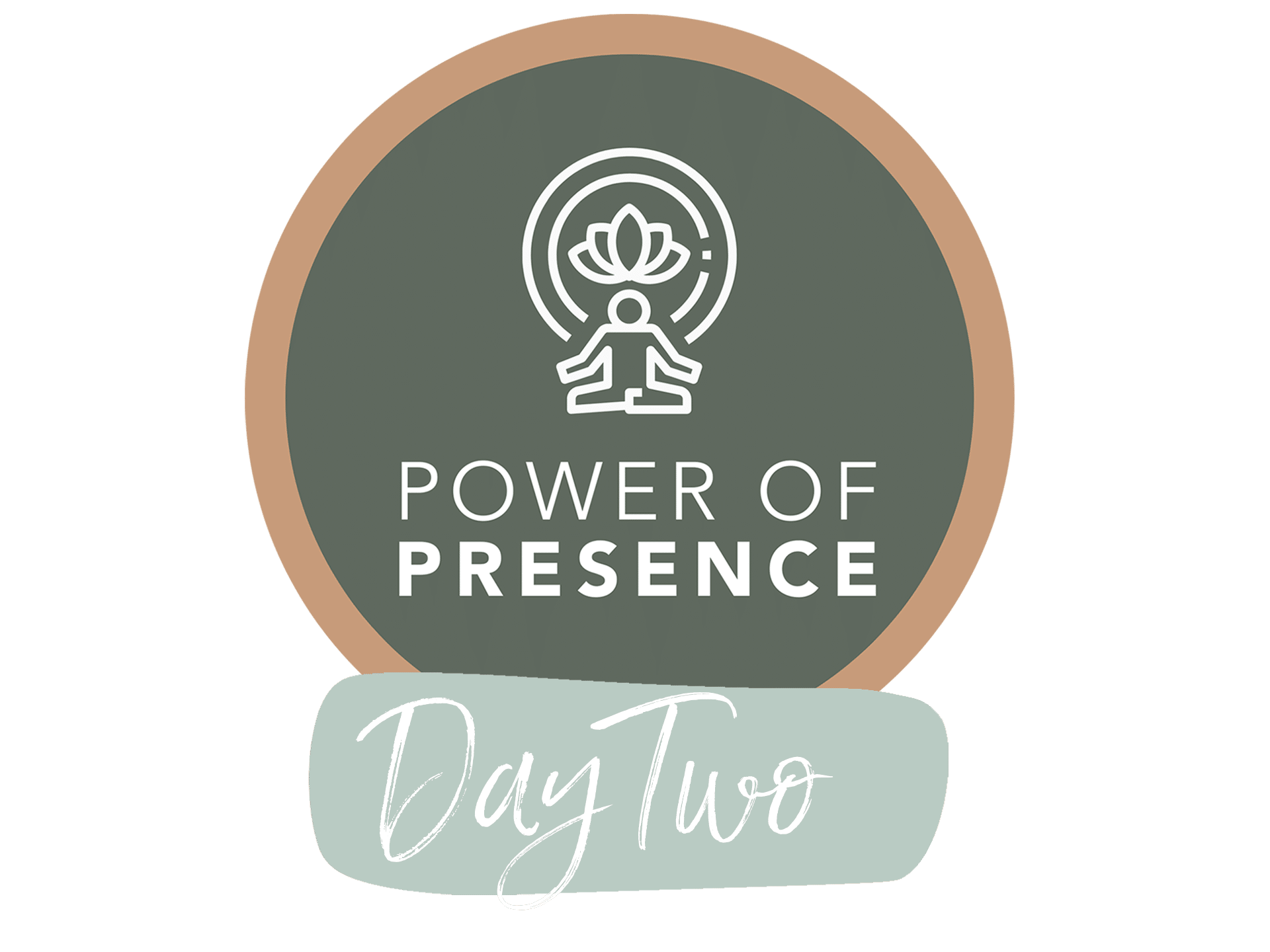
An interview with Carol Dweck
Mindfulness and Mindset
Listen to the audio here:
mindfulness and mindset
with Carol Dweck
*click play to listen
In this interview you’ll learn:
- What is a fixed mindset and a growth mindset
- How we can shift from a fixed to growth mindset to turn challenges and failures into opportunity for personal growth
- How to support children in developing a growth mindset
How did you find the new mindfulness of thoughts practice?
It can be a little confusing initially to work out where exactly you’re supposed to focus your attention.
As you continue with this practice over the week, be aware of the difference in how it feels when you are observing your thoughts rather than absorbed in your thoughts.
You will know when you’re absorbed in the thought stream rather than observing the thoughts, because you will have completely forgotten and lost touch with the fact that you are meditating.
A helpful metaphor for this is watching a movie. When watching a movie we can watch the movie, knowing it is a movie, but if it’s a movie with a lot of drama and emotion we usually get pulled into the story and forget that we are actually sitting in a cinema watching a movie. It all seems so real.
In the mindfulness of thoughts meditation, we watch the mind as if it was a movie, aware that we are watching the “movie of the mind” rather than lost in the story. In this way thoughts start to have less impact on our emotional state. We start to appreciate that thoughts are just thoughts. Mental events, that come and go in the space of the mind.
In the mindfulness of thought practice we “SEE the thought, rather than BE the thought”. Through the process of observation, thoughts start to be experienced for what they really are, just thoughts, rather than reality or the truth of the matter.
So often our thoughts can be an exaggeration or catastrophisation of the situation we are in. Our thoughts can project us into the worst possible outcome and create realities in our head that are not true which create unnecessary suffering and worry.
As we develop this skill of bringing mindfulness to our thought stream, slowly we start to be free from the turbulence of the mind and it’s impact on our emotional state.
#MINDFUL ACTION
In this process of observing thoughts you will discover that some thoughts are easy to observe, while others have a more “sticky” quality and tend to pull you into their story.
Here is a helpful technique to help you come back to simply observing thoughts and let the thought go when you have been hijacked by a particularly “sticky” one.
When a thought arises in the mind and has totally taken you hostage, there will be a moment when you realise you’ve gotten lost in thinking.
When you recognise you’re lost, quietly say to yourself
“I AM HAVING THE THOUGHT THAT…[INSERT THOUGHT HERE]”.
This is an effective way to reduce the power that thoughts have over you, and remind you that you are not your thoughts.
Thoughts can be pleasant, unpleasant or neutral. In meditation, we are less concerned with the content of the thoughts and more interested in the process of thinking and our relationship to our thoughts. While we meditate the aim is to try not to become drawn in by them no matter how interesting they seem.
what resonated with you today?
Share your thoughts in the Facebook group or note it down in your meditation journal.
stay on track
Mark off your daily meditation here
[progressally_objectives]
[progressally_progress_pie_chart size="80"]

 Carol S. Dweck, Ph.D., is one of the world’s leading researchers in the field of motivation and is the Lewis and Virginia Eaton Professor of Psychology at Stanford University. Her research has focused on why people succeed and how to foster success. She has held professorships at Columbia and Harvard Universities, has lectured all over the world, and has been elected to the American Academy of Arts and Sciences. Her scholarly book Self-Theories: Their Role in Motivation, Personality, and Development was named Book of the Year by the World Education Federation. Her work has been featured in such publications as The New Yorker, Time, The New York Times, The Washington Post, and The Boston Globe, and she has appeared on Today and 20/20.
Carol S. Dweck, Ph.D., is one of the world’s leading researchers in the field of motivation and is the Lewis and Virginia Eaton Professor of Psychology at Stanford University. Her research has focused on why people succeed and how to foster success. She has held professorships at Columbia and Harvard Universities, has lectured all over the world, and has been elected to the American Academy of Arts and Sciences. Her scholarly book Self-Theories: Their Role in Motivation, Personality, and Development was named Book of the Year by the World Education Federation. Her work has been featured in such publications as The New Yorker, Time, The New York Times, The Washington Post, and The Boston Globe, and she has appeared on Today and 20/20.

